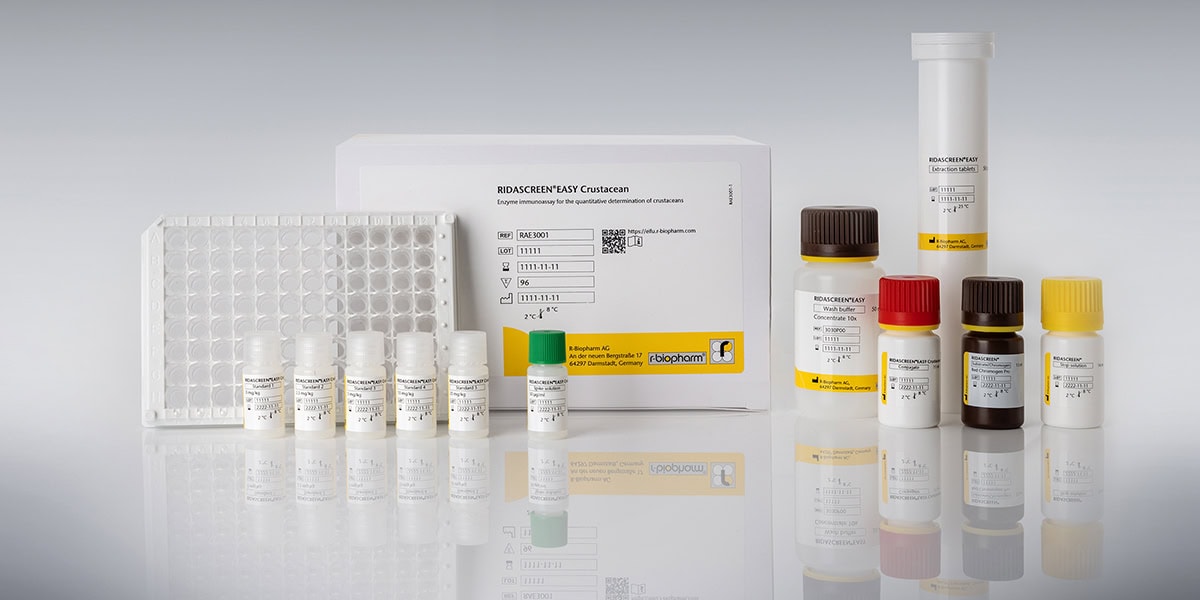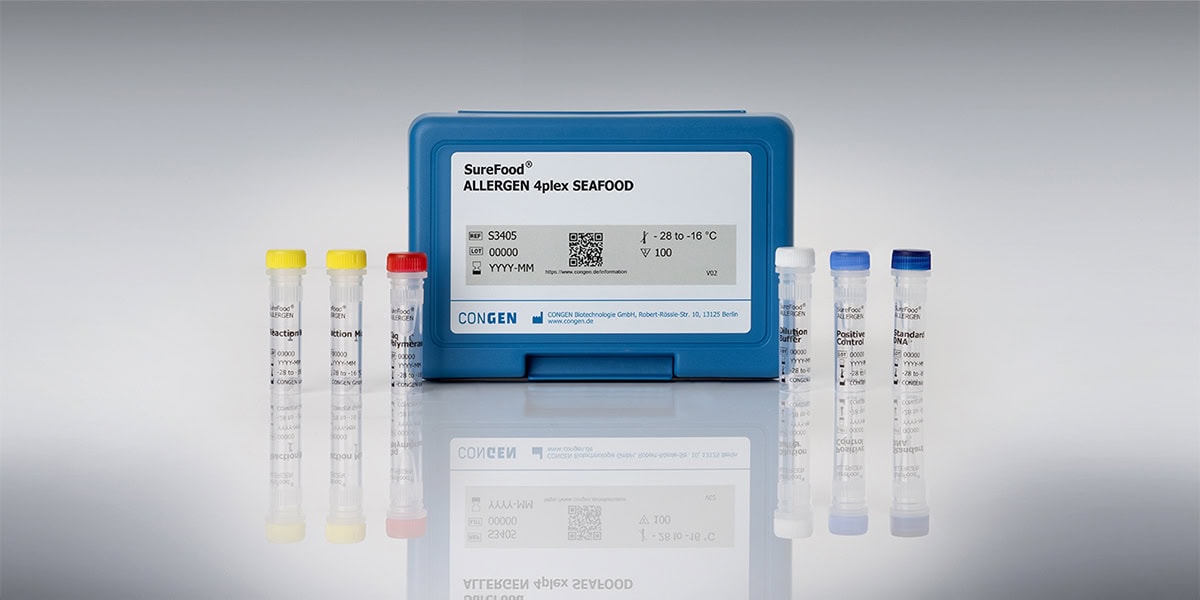
Recent news in Food & Feed Analysis
- Home
- /
- Chocolate, candy & co.:...
Chocolate, candy & co.: Is your confectionery suitable for people with allergies?

Watch out chocolate lovers: Saturday is „National Pralines Day“. Whether creamy, fruity or crunchy – pralines are something for every taste. It would be a pity if allergy sufferers had to give up this tasty treat. We have therefore put together 5 tips on how to keep your production free of allergens and how to protect your customers against hidden allergens.
For manufacturers and sellers of confectionery, the food allergen labelling regulation generally means an additional expense. But it’s also an opportunity: after all, 5-6 percent of children and 2-3 percent of adults suffer from food allergies. This fact was also pointed out at the German food allergy day this week. In the past, allergy sufferers often had to avoid sweets such as pralines since it was not clear if the product may have contained nuts or gluten, for example. The food allergen labelling regulation has made lives easier for allergy sufferers. When a product is clearly labelled as “gluten-free” or “nut-free”, they can enjoy the treat without worrying. With the increasing spread of food intolerances, allergy sufferers have become an important target group for food producers. Not serving this target group could become a competitive disadvantage. In addition, unlabeled allergens may cause costly recalls for food manufacturers.
Producing safe foods for allergy sufferers often poses a challenge for manufacturers. However, the following measures can significantly reduce the risk of unwanted contamination with allergens – and thus help producing an allergy-friendly product.
1. Carry out controls of incoming goods: Whether almonds, cocoa or vanilla – a lot of high-quality raw materials are used in the production of pralines. Nevertheless, even selected ingredients may come into contact with other goods during transport and in this way be contaminated with allergens. An inspection of all incoming goods provides safety.
2. Avoid contamination during production: Through staff, insufficiently cleaned utensils or even through the air, allergenic components may get into production facilities. Ideally, allergenic ingredients are handled in separate production areas. Moreover, separate utensils and containers should be used for allergenic ingredients; a colored marking is useful.
3. Perform cleaning validation: After processing allergenic foodstuffs, production facilities, utensils and containers should be cleaned. Regular cleaning validation provides information about the effectiveness of the cleaning process and indicates whether the facility is free from contamination. Swab tests on surfaces are easily and quickly done with lateral flow tests.
4. Test end products: Before the final product is released, it should be tested for allergen content as part of a quality control. For example, a limit value of 20 ppm applies to foodstuffs labelled as „gluten-free“.
5. Implement an allergen management: Manufacturers are on the safe side if they implement a comprehensive allergen management including all production steps, suppliers and departments. Food producers can have their allergen management assessed and certified according to DIN EN ISO/IEC 17020:2012.



